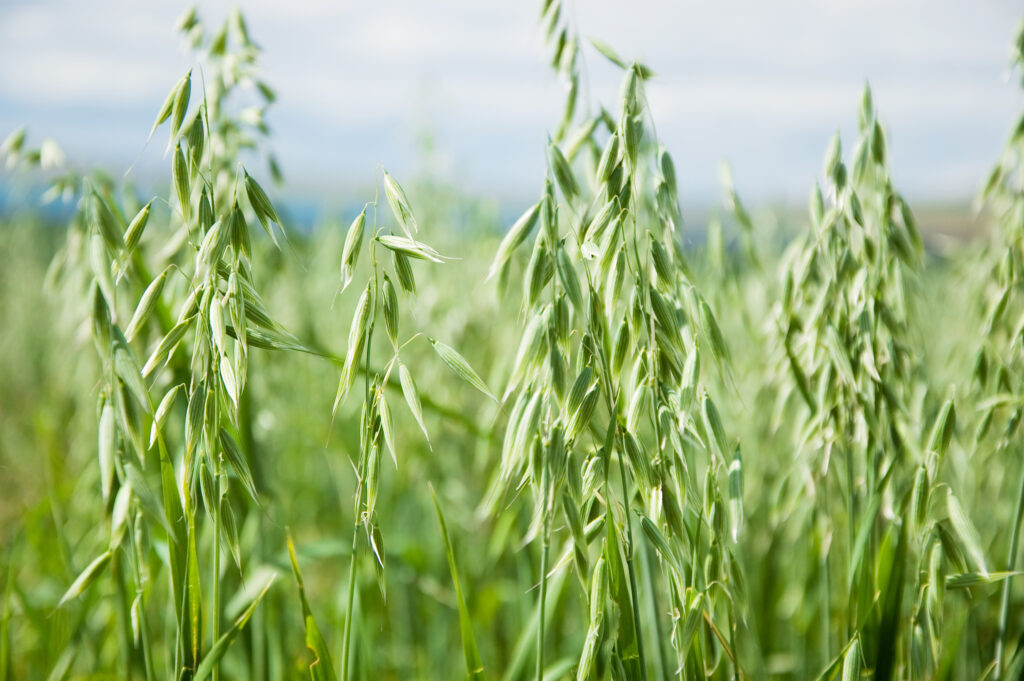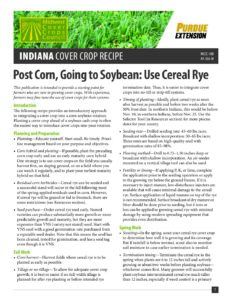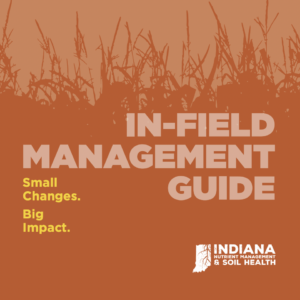COVER CROPS
Cover crops can be a significant opportunity to impact yields, bottom lines, soil health and ultimately, water quality. Utilizing cover crops ensures your soils stay right where they’re needed for this year’s cropping season and for generations to come.


WHY DOES THIS MATTER TO YOU?
You utilize crop insurace
You like getting discounts on insurance
You prefer to keep the nutrients you paid for right where you left them
You settled here and you’re staying put — you want your soil to do the same
2024 Cover Crop Insurance Program
FOR 2024 QUALIFYING COVERAGE TO APPLY, COVER CROPS NEED TO BE PLANTED IN FALL 2023
FOR MORE INFORMATION AND TO APPLY, CLICK HERE
APPLICATIONS DUE MARCH 15, 2024
*Cover crops must have been planted in 2023, ahead of the 2024 growing season. Only acres that are not receiving cost share funding from other sources are eligible. Discount is available on a first come, first served basis.
Start the conversation
Did you know over 50% of midwest farmland is rented each year? If you are one of the many farmers that rents ground, creating a sustainable relationship with your landowner allows you to put your sustainable practice ideas into action. To create this relationship, start with a conversation. The power lies within you and other farmers’ hands to make sure our land is protected for this year’s crops and the next generation of farmers.
Does your landowner understand the costs and benefits of implementing soil health and nutrient management best practices? As a farmer, you’re an expert on best practices that increase the value of the land — both for yield and for generations to come. It’s up to you to share how these practices can help your yield and their land. Having these conversations with your landowner doesn’t have to be difficult and can reap the benefits for you both.
Talk to your landowner about best practices!
How can you create a sustainable relationship with your landowner to make sure the sustainable practices you want to implement happen? It starts with a conversation.

Resources like crop consultants and extension agents can help you craft the conversation you’d like to have with your landowner about sustainable conservation practices. Your preparation for this conversation with strategic soil health practices in mind helps to ease the pressure of change with your landowner and displays your level of commitment in making long-term differences.

Help to educate your landowner in what sustainable land stewardship means by walking them through a small test plot while explaining the benefits and what it means for their future. It’s hard to be invested in practices they may not fully understand.

Landowners worry that measurable value produced by land conservation is too long-term. Help negate this by demonstrating to them that some results can be immediate while consistent implementation over the years can protect, improve and secure their land productivity and sustainability for their own future generations.




